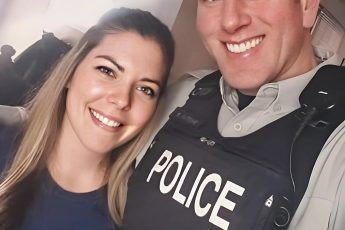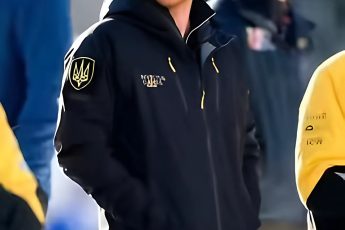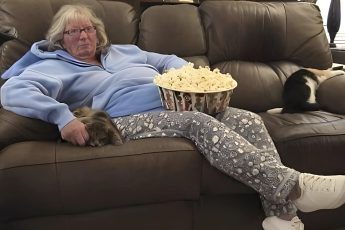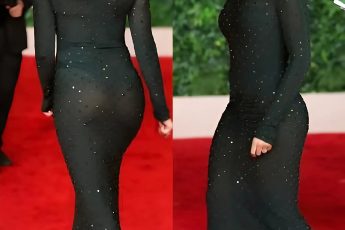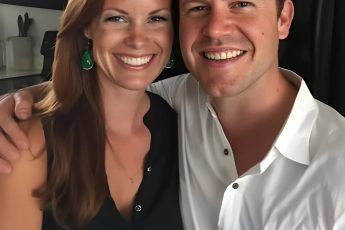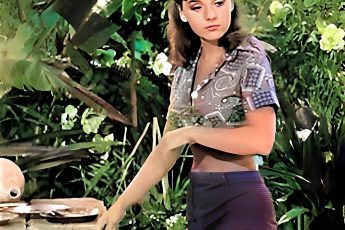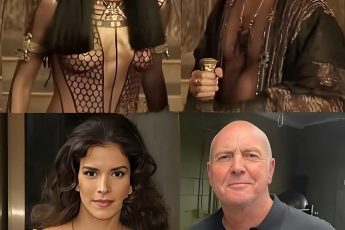In 1966, Batman was more than just a film – it was a pop culture explosion that forever changed the way superheroes were viewed.
The iconic film starring Adam West and Burt Ward embodied the bright, colourful and offbeat style of the 1960s – a time when the cultural landscape was a whirlwind of pop art, psychedelic patterns and a playful sense of humour.
And like most legendary films, there were plenty of behind-the-scenes moments and wardrobe mishaps that made the Batman film as memorable as his on-screen antics.
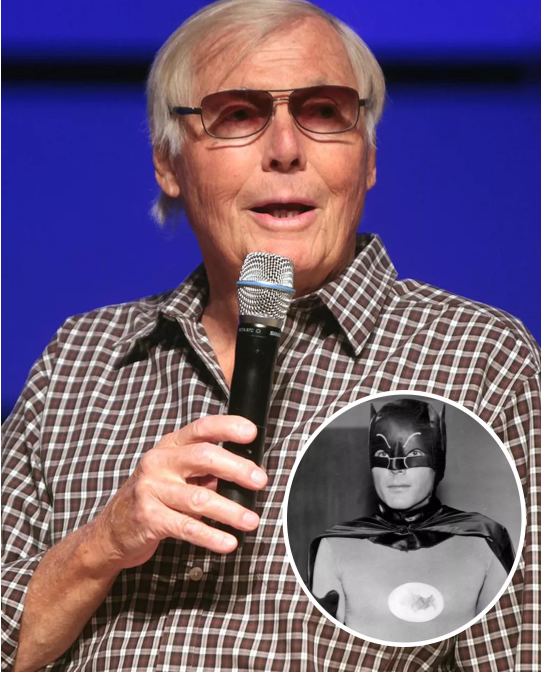
The cynical reason for the film’s appearance
As far as I’m concerned, the first Batman film is a brilliant embodiment of 1960s pop culture.
The eye-catching bright colours, absurdly exaggerated fight scenes and humour bordering on the ridiculous are all signs of the times. America in the mid-60s was in a state of transition – political upheaval, social change and a cultural revolution. What better escape from reality than a fun, lighthearted comic book hero battling villains like the Joker, Penguin and Catwoman in a world where the worst thing that could happen was a laugh track?
Of course, there were some pretty clever and, let’s be honest, a little cynical reasons behind the 1966 Batman film.
Producer William Dozier thought, ‘Hey, why not release this Batman film on the big screen while the first season of the TV show is still in the works to build up the hype?’. Genius move, right?
But 20th Century-Fox wasn’t happy with that. They weren’t going to foot the entire bill for a film when they could just split the costs on a much less risky TV series. So while Dozier dreamed big, the studio decided to hedge their bets and let him move forward with making the film on his own. It’s a classic Hollywood move – nothing beats a calculated risk …
Adam West’s two must-haves
In 1966, when Batman appeared on the scene, Adam West was at the height of his popularity, a pop culture sensation. Tall, trim, with a baritonal voice, he was the perfect all-American Bruce Wayne. But before he became the iconic Gotham crime fighter, Adam West was just another actor looking for his moment of stardom.
He was actually born William West Anderson and changed his name to ‘Adam West’ when he moved to Hollywood in 1959 after a few small roles on television.
Batman producer William Dozier chose West not only because of his looks and charisma, but also because he spotted him in the role of the James Bond-style spy, Captain Q, in a Nestlé Quik advert.
When Adam read the script for the 1966 Batman pilot episode, he fell in love with it after 20 pages. As he said in a 2006 interview, ‘I read the pilot script and within 20 pages I knew this was the kind of comedy I wanted to do.’
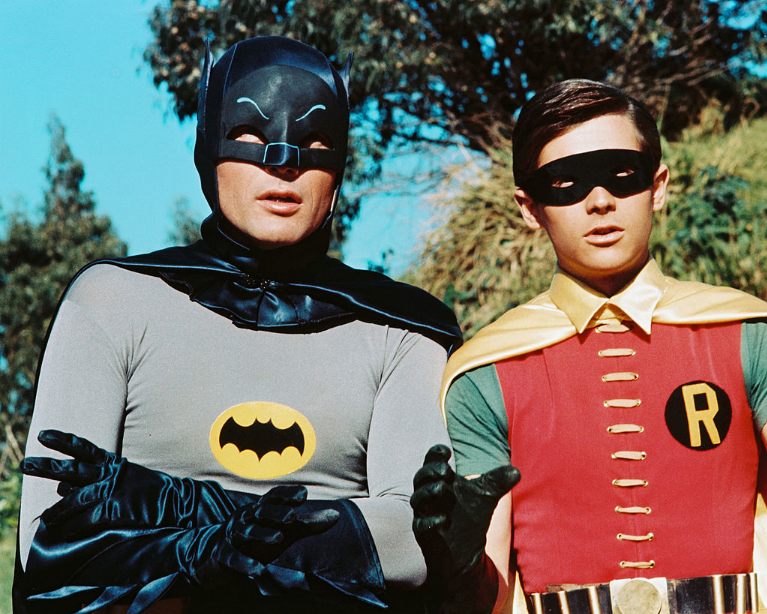
The casting decision came down to an argument between West and Lyle Waggoner, and in the end West agreed to do the film on two conditions. Firstly, he wanted more screen time in the role of Bruce Wayne, not just Batman.
Second, he wanted to approve who would play Robin. He gave the green light to Burt Ward, who had a brown belt in karate but no acting experience.
According to West, he understood the material and brought something unique to the role of Batman: ‘You can’t play Batman in a serious, square-jawed, straightforward way without making the audience feel that there’s something behind the mask waiting to come out, that he’s a little crazy, weird.’
A curse in disguise
Despite being Batman in the iconic 1966 TV series, Adam West has constantly had to contend with his biggest success.
Despite starring in numerous films and TV shows throughout his career, he was always referred to as ‘television’s Batman.’
He had a hard time finding roles after the series ended, but he made a legendary comeback as the voice of Mayor Quahog in Family Guy.
Sadly, West died in 2017 after a brief battle with leukaemia.
The Joker refused to shave off his moustache
Did you know that Cesar Romero, who played the Joker, adamantly refused to shave off his iconic moustache for the role?
Instead, the make-up artists simply smeared them with white paint. The tall, suave actor stuck to this odd decision in every episode of the show and film, and let’s be honest – no one was fooled by this ‘cover-up.’ If it was such a big deal, producers could have easily used prosthetics to hide his moustache, but Romero’s stubbornness became part of his Joker charm.
Romero died in 1994 at the age of 86 due to complications from a blood clot after being hospitalised with severe bronchitis and pneumonia. He was honoured with a star on the Hollywood Walk of Fame at 6615 Hollywood Boulevard for his contributions to film and another star at 1719 Vine Street for television.
The Untold Story of Lee Meriwether
Contrary to popular belief, Lee Meriwether never played Catwoman in the television series Batman (1966) – that honour went to Julie Newmar and Eartha Kitt. However, Meriweather played this iconic role in the 1966 film Batman: The Movie.
But apparently filming on the film began before Lee Meriweather was officially confirmed for the role of Catwoman. As a result, the iconic villainess is absent from the opening scene aboard Penguin’s submarine, where the other three villains appear.
An amusing detail that few people know about (perhaps because Lee shared it in a 1966 newspaper interview) is that Lee had a brilliant way of preparing for the role of Catwoman. The former Miss America star had two cats living at home and decided to study them closely before shooting the film.
‘I watched them closely. I tried to move the same way they do – funky, silent, but also able to pounce viciously without warning,’ she says.
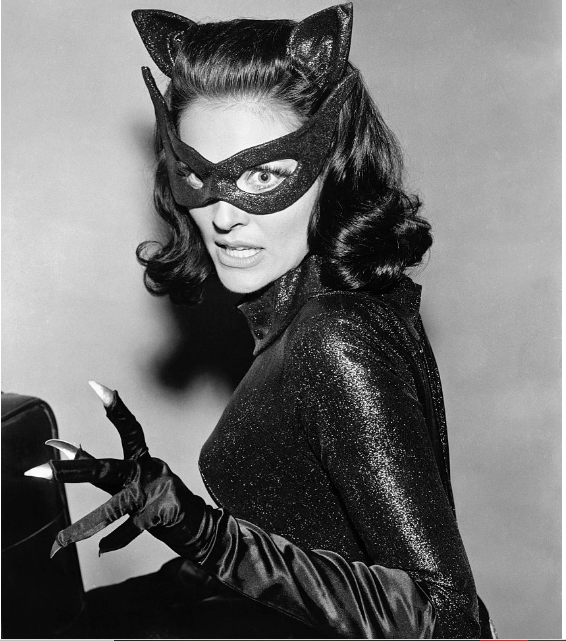
Wardrobe malfunction
Here’s a little fun fact for you, especially if you’ve seen Batman: The Movie (1966) on the big screen! There is an unexpected and unforgettable moment in the film that is arguably one of the most iconic moments in television and film history.
At the beginning of the film, Batman and Robin are hovering over Gotham City (actually Los Angeles) in a helicopter. They fly past a group of women in bikinis on a rooftop. If you’re observant, you might notice that one of the bikinis (the red one) doesn’t stay in place, exposing a bit more than intended.
Of course, the film’s producers quickly blacked it out in the final version because they couldn’t reshoot the scene.
This little detail delighted and surprised many fans, including one Reddit user who wrote, ‘The blurring makes it look like she has long hair in the front, but it doesn’t make sense since it jumps up and down and it looks like it’s in her ponytail. I used to watch this film all the time and never noticed it.’ It’s one of those quirky moments that makes you appreciate how much attention (or lack thereof) has been paid to these classic details.
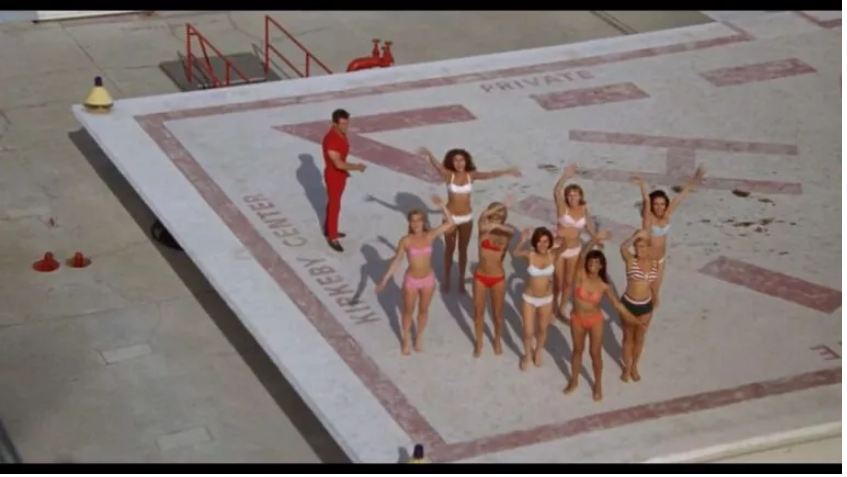
Adam West’s ‘fake it’ moment
But perhaps the most interesting bit of trivia from the 1966 Batman film comes from none other than Adam West himself. In an interview given a few years after the film’s release, West revealed that there was one scene in the film that he just couldn’t take seriously.
It’s the iconic ‘shark repellent’ scene, where Batman is hanging from a helicopter with a bomb in his hands and is attacked by a shark.
To escape, he uses shark repellent spray, which miraculously works and he manages to escape unharmed. However, the scene was so unusual for West that he couldn’t help but laugh at how fake it all looked.
West also recalled how the producers were unhappy with the sound effects Batman made when he crashed into the shark. West chuckled and said it didn’t matter considering how fake the shark looked.
Also, there is a gaffe in the middle of this iconic scene. When Robin holds out the Shark Repellent Bat Spray to Batman, he’s hanging upside down right above Batman. But when Batman uses the spray on the shark, Robin is mysteriously nowhere to be seen.
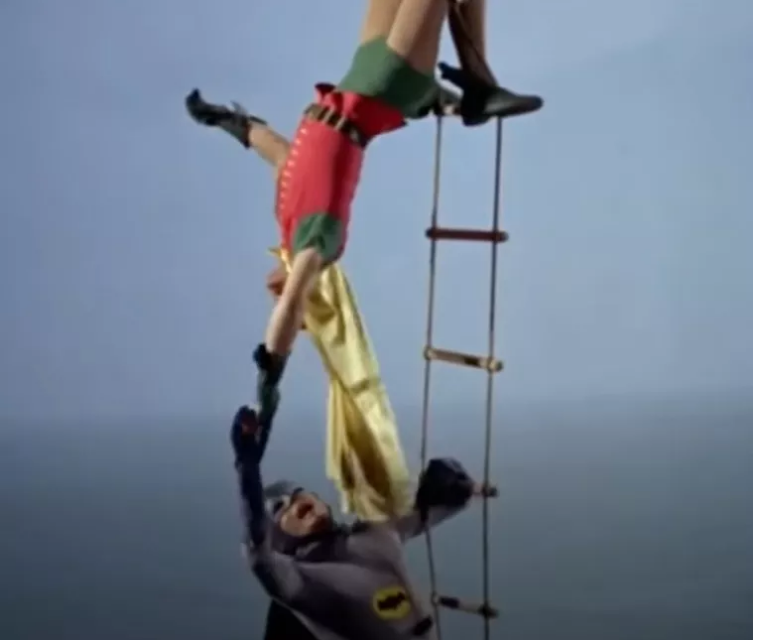
If you look at this scene today, with its huge plastic shark and overly theatrical fights, it seems almost absurd. But that’s part of the charm. The Batman film wasn’t trying to be taken seriously. It was a playful satire on the superhero genre, using exaggerated props and absurdist humour to entertain audiences who needed a break from the harsh realities of the 1960s.
The enduring legacy of the 1966 ‘Batman’ film
Despite its vulgarity and occasional wardrobe malfunctions, the 1966 Batman film has retained a nostalgic and beloved place in pop culture. It’s a time capsule capturing a moment in history when superheroes were fun, lighthearted and didn’t carry the weight of the world on their shoulders.
While we know Batman as a dark, brooding figure, the 1966 film gave us a Batman who was all gadgets, colour and humour.
For example, at about 3:00 p.m., Penguin utters the phrase, ‘We will hang together, or, most assuredly, we will all hang separately.’ This joking phrase, which sounds like a villainous threat, was actually uttered by Benjamin Franklin during the American Revolution when he was afraid of being accused of treason by his fellow lawmakers.
It’s a fun twist in the film, showing that even the villains of Gotham can’t resist a little history lesson – all in a lighthearted and playful way.
And at about 1:40:00, one of the United World delegates starts banging his shoe on the table and screaming. It’s a reference to Soviet leader Nikita Khrushchev’s famous boot-kicking during a debate at the UN General Assembly in 1960
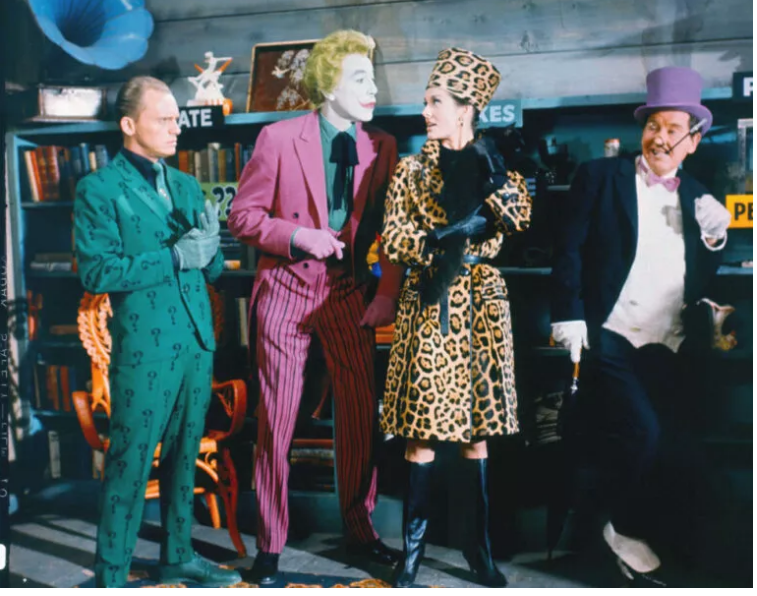
Wardrobe malfunctions, supervillains, and even fake sharks all formed the basis of an unforgettable cinematic story. Do you remember this film? And did you notice any of the hilarious bloopers?


